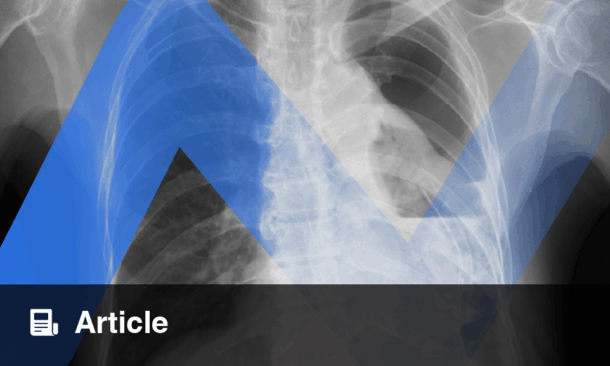A RECENT study has examined the potential link between the oral microbiome and the development of head and neck squamous cell cancer (HNSCC), providing new insights into the role of bacteria in cancer risk. While previous research had largely relied on limited retrospective studies or bacterial 16S amplicon sequencing, this study applied a more comprehensive approach, analysing both bacterial and fungal microbiomes in oral samples from three large epidemiological cohorts.
The study included 236 individuals who eventually developed HNSCC and 485 matched control participants who remained cancer-free. These participants came from the American Cancer Society Cancer Prevention Study II Nutrition Cohort, the Prostate, Lung, Colorectal, and Ovarian Cancer Screening Trial, and the Southern Community Cohort Study. Researchers followed the participants for an average of 5.1 years and used whole-genome shotgun sequencing to analyse bacterial species, while fungal species were examined using internal transcribed spacer sequencing. The primary goal was to determine if specific bacterial or fungal taxa were associated with the future development of HNSCC.
The findings revealed that although overall microbiome diversity at baseline was not linked to HNSCC risk, 13 bacterial species were significantly associated with the disease. Notably, these included Prevotella salivae, Streptococcus sanguinis, and Leptotrichia species, as well as members of the beta and gamma Proteobacteria groups. A microbial risk score based on 22 bacteria was developed, and a one standard deviation increase in this score was linked to a 50% increased risk of developing HNSCC. The study also found that the red and orange periodontal pathogen complexes were moderately associated with higher cancer risk.
In contrast, no fungal species were found to be linked with HNSCC risk, suggesting that bacteria, rather than fungi, play a more significant role in cancer development. These findings could aid the future development of personalised prevention strategies, as the identified bacterial species could help pinpoint individuals at higher risk for HNSCC, enabling earlier interventions and potentially improving outcomes.
Katie Wright, EMJ
Reference
Kwak S et al. Oral microbiome and subsequent risk of head and neck squamous cell cancer. JAMA Oncol. 2024;DOI:10.1001/jamaoncol.2024.4006.








